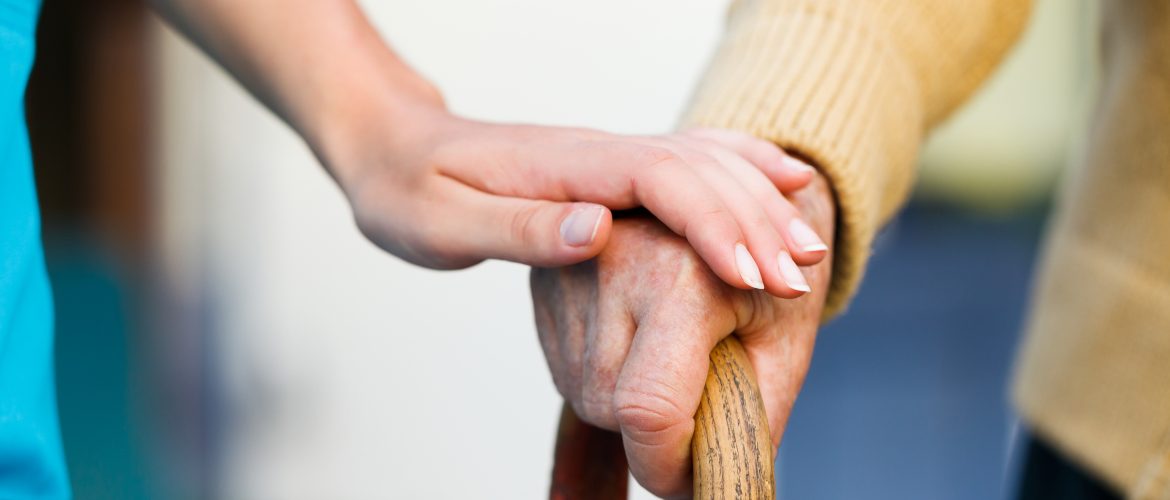Nursing Homes Are in the Spotlight Due to the COVID-19 Crisis
It is estimated that about 20% of the deaths being reported due to COVID-19 have occurred in nursing homes, and many persons familiar with nursing homes are not surprised. Most nursing homes are not designed to implement the regulations that have been issued with the intent of controlling the spread of the coronavirus. Social distancing and “cohorting” (separating residents with COVID-19 from those without the disease) is difficult, and some would say the resulting isolation is detrimental to the well-being of nursing home residents. Many of the factors contributing to the spotlight now floodlighting nursing homes’ COVID-19 battleground are found in their general demographics.
For instance, the population most susceptible to contracting and dying from COVID-19 are persons over 65 with underlying health conditions. Notably, over half of the residents residing in nursing homes are 85-plus in age, and most have multiple health issues. Residents share rooms, eat together in dining rooms, and share spaces for watching television and other activities. Those with dementia are used to roaming the halls and do not understand why they have to stay in their rooms. Isolation in relation to fostering well-being for nursing home residents has negative effects. How should a care-giving staff member maintain minimal contact when bathing an elderly woman with severe arthritis?
A dichotomy exists within nursing homes in this COVID-19 induced atmosphere of uncertainty and fear between the day-to-day care that residents need, like bathing, feeding, interaction with other residents, staff, and family, and the aggressive therapies that are necessary to combat the coronavirus and save lives. This contradiction regarding care during crises like COVID-19 involving the high rates of infection and so many deaths may seem to reflect poor care and negligence, fueling the desire to assign blame through complaints and lawsuits.
Nursing homes can begin to counteract the enormous toll of this current crisis by evaluating whether they missed or overlooked opportunities to minimize the spread of COVID-19, if they adequately documented the care provided to residents (including sufficient staffing), along with reporting to authorities and communicating on a regular basis with residents’ families.
Compliance Perspective
Thorough documentation of the level of care provided to all residents within a nursing home and the special measures taken during a healthcare crisis may show that staff provided quality of care by recording how CMS and CDC guidelines are followed and the needs of residents met to the greatest extent possible during the pandemic.
Discussion Points:
- Review policies and procedures regarding the facility’s provision of the level of care needed by all the residents, including evaluation of staffing levels, medical testing supplies, an adequate supply of personal protective equipment (PPE), proper reporting to authorities, and providing regular communication to families of residents regarding the status of residents and what is happening within the facility.
- Train staff members regarding the need to not neglect provision of the day-to-day care residents need, along with appropriate levels of therapies, and to document their efforts and the outcomes.
- Periodically audit to ensure that there are adequate numbers of qualified staff to provide both the day-to-day care and aggressive therapies needed by all residents in the facility, while also meeting reporting requirements, communicating with residents’ families, and documenting details.
















































































